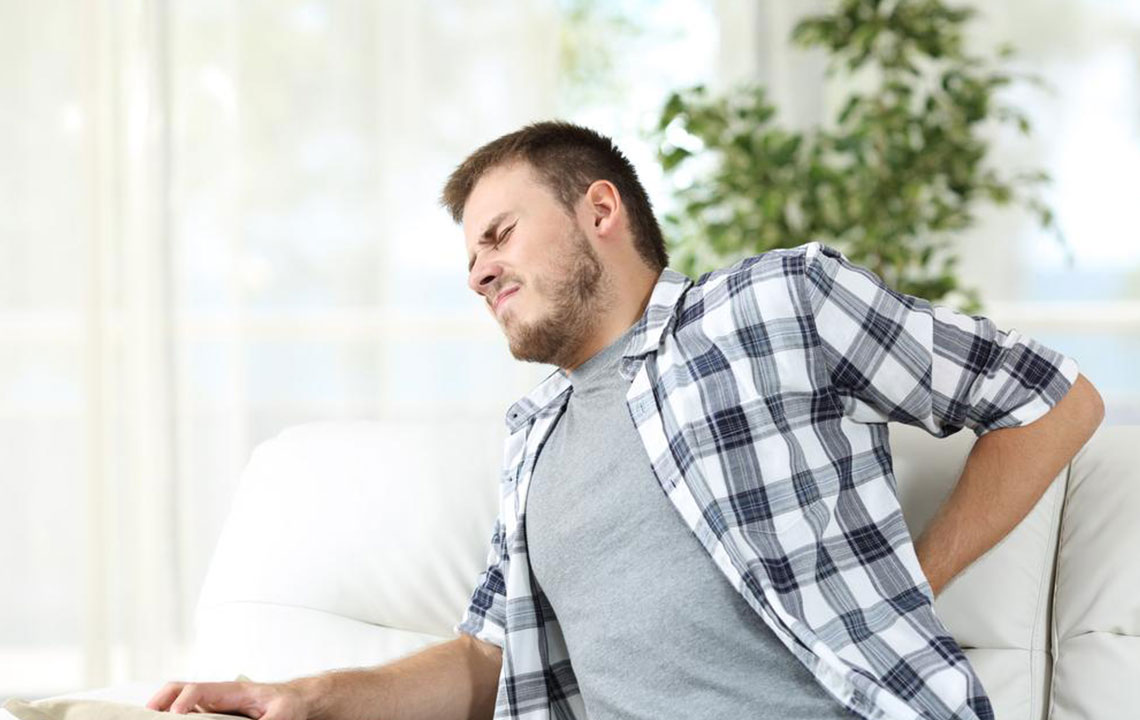Recognizing and Managing Lower Back Muscle Spasms
Lower back muscle spasms are common and can cause significant discomfort. They often result from strains, injuries, or underlying conditions like arthritis. Effective treatments include cold and heat therapy, medications, and physical therapy. Preventive measures such as maintaining good posture, staying active, and supporting muscle health are essential. Proper management can reduce pain and prevent future episodes, making back spasms a manageable condition for most individuals.

Recognizing and Managing Lower Back Muscle Spasms
Lower back muscle spasms involve involuntary contractions that cause discomfort ranging from mild to severe pain, restricting movement. While most cases are treatable without surgery, nerve-related pain may need medical attention.
Common Causes of Back Spasms
Triggers include muscle strains, ligament injuries, or tendon issues, often due to heavy lifting or intense physical activities. Conditions like arthritis or herniated discs can also contribute to spasms, especially in active individuals.
Diagnosis typically involves X-rays to detect fractures or joint issues. MRI or CT scans may be necessary for soft tissue assessment. Consulting a healthcare professional helps determine appropriate treatment. Seek immediate care if symptoms worsen or persist.
Effective management includes applying ice to reduce inflammation and heat to promote circulation. Medications such as anti-inflammatory drugs and muscle relaxants can ease symptoms. Severe cases may require injections, which should be performed under medical supervision. Strengthening back and core muscles through physical therapy can prevent future spasms.
Natural Strategies for Relief
Stay Hydrated: Drinking 8-10 glasses of water daily helps eliminate toxins and supports muscle function.
Increase Magnesium Intake: Adequate magnesium is vital for muscle health; supplements can help if levels are low.
Engage in Regular Exercise: Gentle stretching and yoga improve flexibility and strengthen back muscles, reducing spasm risk.
Prevention Tips for Lower Back Spasms
Maintaining proper posture, controlling weight, and wearing supportive footwear strengthen the back. Incorporating core and back exercises further minimizes the likelihood of spasms. Consult a healthcare provider for persistent or severe discomfort. Combining medication, lifestyle changes, and regular exercise is the most effective way to prevent and manage back spasms, which are generally manageable with proper care.


